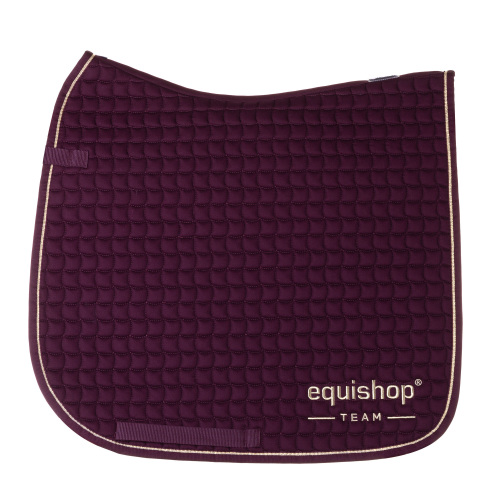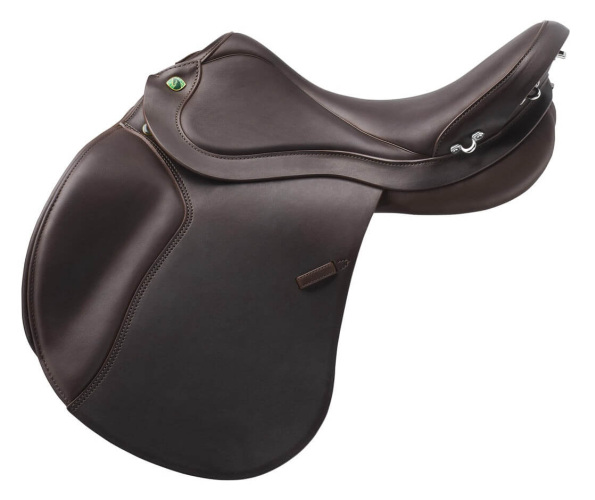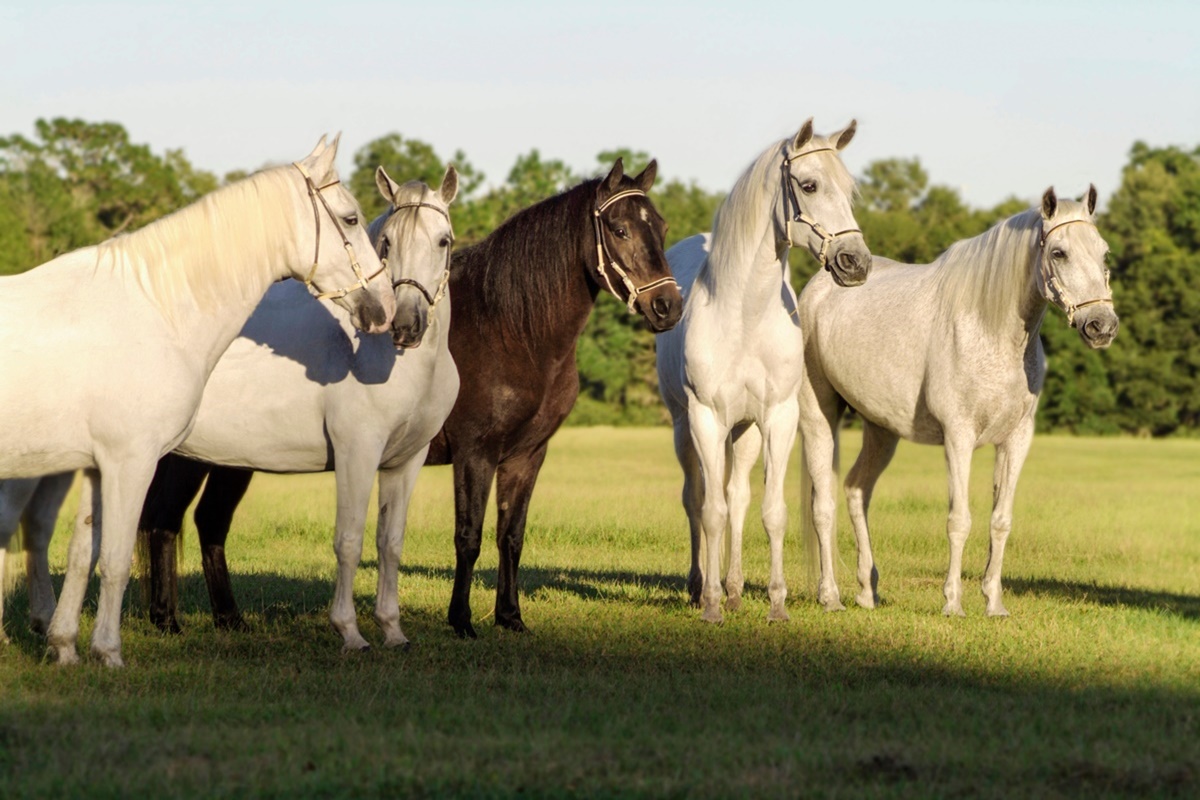
The Spanish breeds Paso Fino and Paso Peruano are named after their spectacular gait. In Spanish ‘Paso Fino’ means ‘smooth, fine step’, whereas ‘Paso Peruano’ can be understood as ‘Peruvian gait’. The sole word ‘Paso’ is understood by Spanish people as ‘flying pace’. The name is not accidental – both breeds retained their ancestors’ ability to move in five different gaits.
Paso Fino horse – breed history
The Paso Fino breed was created during the 16th century in Puerto Rico. The breed derives from the horses brought to the Dominican Republic by Spanish conquistadors. These horses were first brought by Captain Martin de Salazar in 1509.
The official breeding of Paso Fino began in 1550. People cross-bred Andalusian horses and Jennet – a now-extinct Spanish breed. It is believed that Paso Fino horses were created as a result of the admixture of the genes of Barbary horses.
The breed was eagerly bred thanks to its resilience and gait that is comfortable for the rider – the shock is greatly absorbed by the horse’s back and croup.
The Paso Fino ancestors originally served as a breeding herd for the Spanish conquistador stations. Without the horses, Spanish soldiers wouldn’t have conquered South America so easily – Paso Fino horses were perfect for crossing long distances over rough terrain thanks to their sure steps.
In Latin America, due to the import of European horses, people created many breed varieties that are connected by their specific gates. Even though Paso Fino was bred in Latin America since the time of the conquistadors, the breed was completely unknown in the USA up until the 40s. These days, Paso Fino horses are mostly bred in USA and Colombia where the breed became a national heritage.
In recent years, the breed’s popularity in Europe is on the rise. The population is constantly growing, mostly due to imports from the USA and tremendous efforts from the European Paso Fino breeders. Currently, in Europe, there are over 1000 purebred and registered Paso Fino horses.
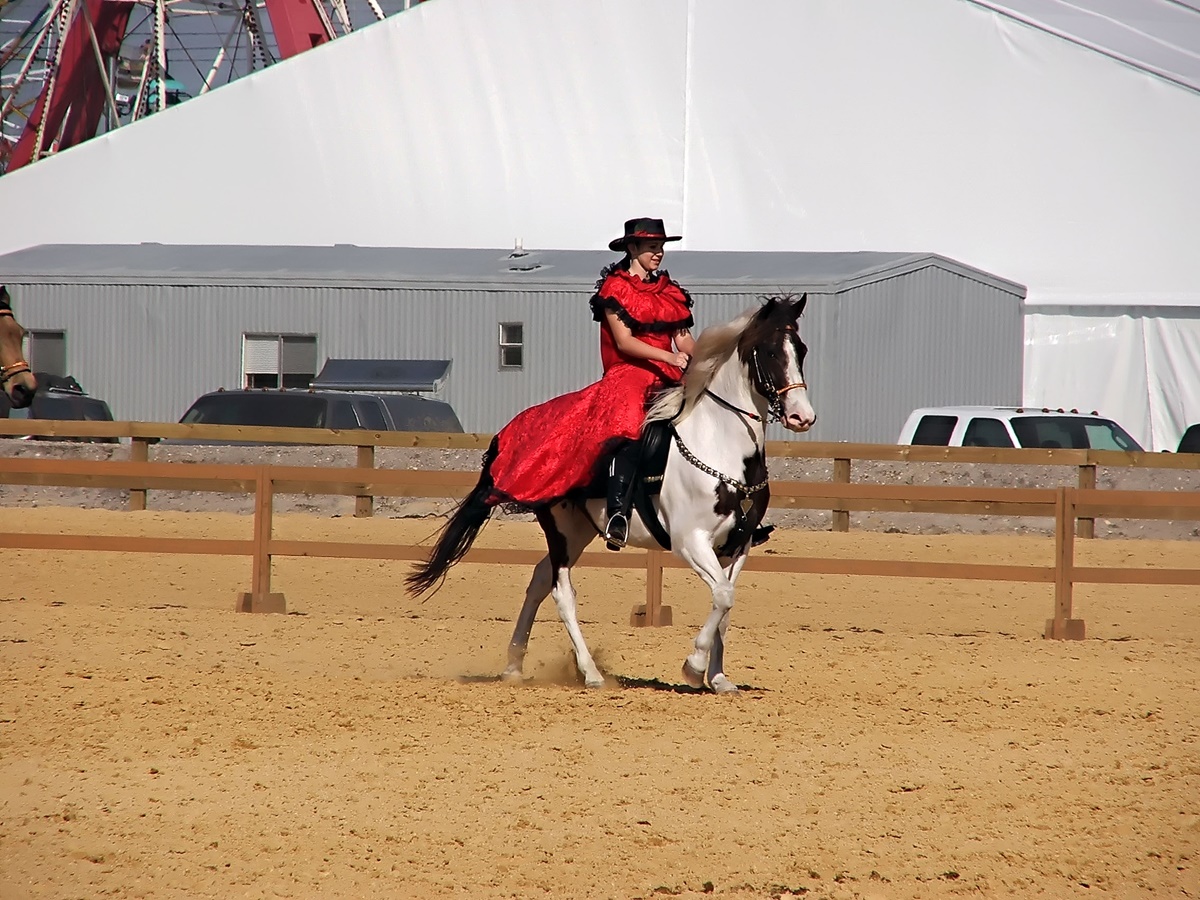
Paso Fino – gait variations
Paso Fino horses apart from the basic gaits can also move in specific for the breed gaits: classic fino, Paso Corto, and Paso largo. The Paso Fino’s gait is done forward, at different speeds and collections. In all of the gaits, the rider should be practically still and not feel any of the up and down movements of the horse's hindquarters.
- Classic Fino - in this gait, the horse doesn’t move very fast but makes extremely quick, high, and collected steps. The legs rapidly move in a vertical line (up and down movement). These days, gait is mostly used during parades.
- Paso Corto – the speed of the gait is moderate, with either full or moderate collection. The steps are unhurried and have moderate length.
- Paso Largo – the fastest gait variety that includes long steps and collection that varies from moderate to minimal. The forward speed changes depending on the horse's individual abilities.
Paso Fino horses move in other basic gaits as well – walk and canter. However, they shouldn’t move in trot – trotting is an unwanted genetic trait.
Paso Fino horses – physique and characteristics
Paso Fino horses have a strong but still light and noble physiques. The breed’s Spanish heritage can easily be seen in its strength, proud posture, and elegance.
The extremely muscular, high-set neck supports the sophisticated, preferably convex head with big, expressive eyes. The horses have short backs with wide and deep chests, prominent withers, strong hindquarters, and low-set tails. The breed has characteristic powerful shoulders, strong legs, and hard, small hooves. Some horses have the so-called tiger eye - a rare genetic trait that causes yellow, orange, or amber-colored iris.
Paso Fino horses have a lively yet gentle temperament. They are also highly resistant and resilient. These horses are eager to work with humans and loyal to their owners. At the same time, the breed is also known for its individual sometimes difficult nature – you have to know how to gain their trust.
The combination of energy and temperament can be best described with the Spanish word Brio. Brio comes to the horse naturally and can’t be trained. Brio is one of the most unique characteristics of Paso Fino that distinguishes these horses from other breeds. – extremely valued characteristics in breeding.
Height: 140- 155 cm
Coat: all colors possible
Paso Fino - roles
Paso Fino horses are characterized by their resilience and comfortable, fluid gait, which makes them perfect for long horse riding trips.
The unique gaits allowed Paso Finos to be eagerly shown during parades. In addition, they perform well in games played on horseback and vaulting.
Years ago, these horses were used for traveling over long distances. They were also commonly used for cattle work on big farms, especially plantations. The estate owners wanted their horses to reflect their social status. The beautiful, energetic yet gentle Paso Finos were perfect for this role.
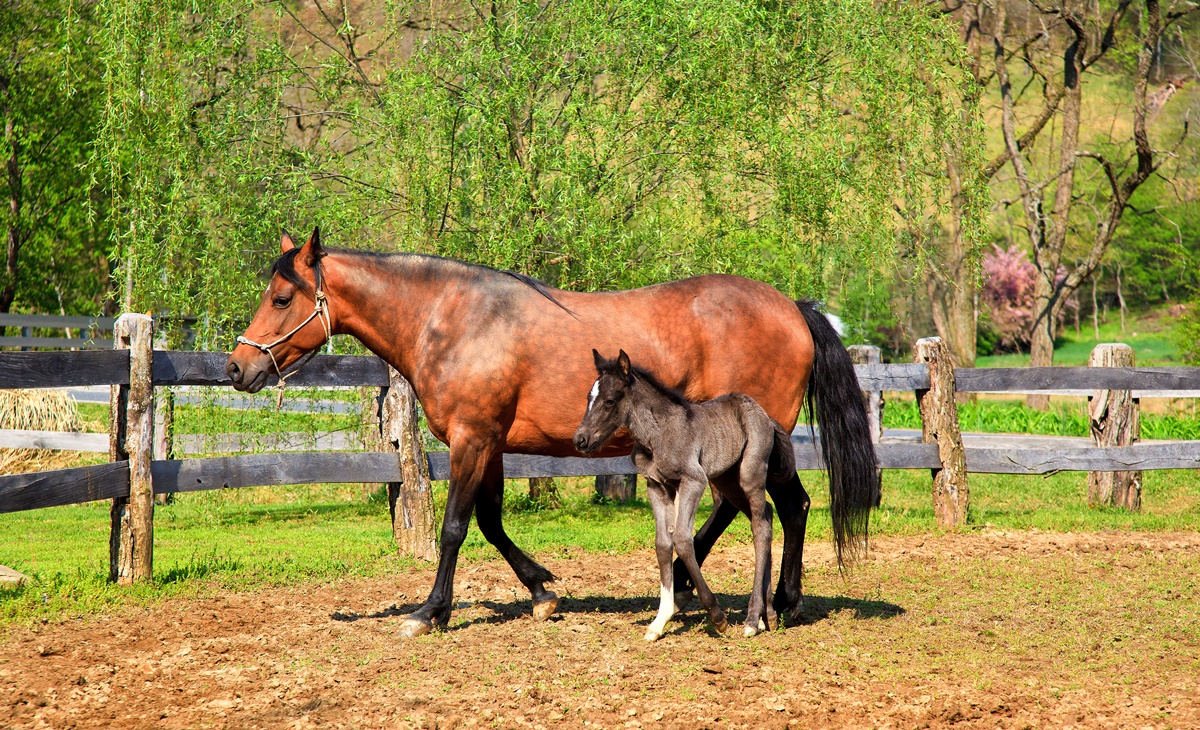
Paso Fino: price
The prices of the breed fluctuate on average in the range of 25-50 thousand zlotys. The price depends on the horse’s age, pedigree, and level of training. The most expensive horses are sold for around 120 thousand zlotys (25 thousand euros).
Paso Peruano horse – breed history
Paso Peruano also known as Paso Peruviano or Peruvian horse is a breed closely related to Paso Fino. The breed comes from horses brought by Spanish conquistadors from Europe – by Francisco Pizzaro in 1531 to what is now Peru.
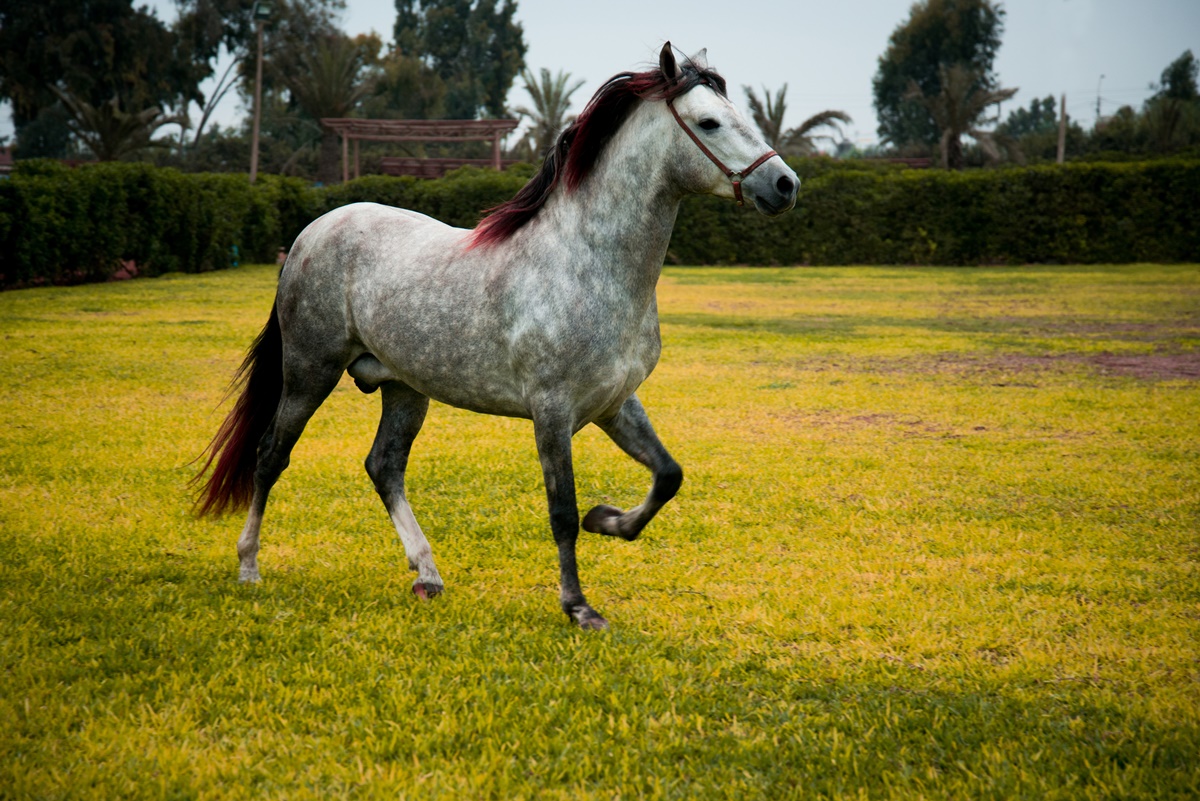
The breed comes from an admixture of the genes of Barbary horses (75%) and Andalusians (25%). The breeding horses came from Spain, Jamaika, Panama, and other Central American regions. These horses, through centuries of selection, were bred to move in a naturally four-beat gait known as Paso Llano – a variety of tölt.
Trujillo is considered to be the place of origin of a typical Peruvian Paso horse. These animals were mostly bred for transportation purposes. The northern part of Peru was home to many big cotton and sugar plantations - to cover those big distances, the supervisors needed the right horses. In the northern part of Peru, settlements were divided by desert areas, and traveling through them required strong horses. In both instances, people needed horses that were resilient and comfortable to ride. The Paso Peruano met these requirements perfectly.
At the beginning of the 20th century, the breed lost some of its value when transport was overtaken by cars in the combination of emerging highways. Many important breeders gave away their horses to local farmers living in Quebrada (valleys). Thanks to this procedure, a breeder Gustavo de la Bord received a horse that became the modern and most important stud of the breed - the Sol de Oro (Viejo) stallion.
The most changes in the breed were brought by national land reforms introduced at the end of the 60s. Big farms were being closed and animals were dying. Thanks to the rising popularity of Peruano horses in the USA many horses were rescued, however, they were transported into the USA. This caused the breed to almost vanish from its motherland.
Thankfully, in the last 30 years, the breed’s popularity has been on the rise in Peru. The yearly national show in Lima is an important event in Peruvian culture. Paso Peruano breed is under the protection of the Peruvian government since 1992 and has been recognized as the cultural heritage of Peru by the National Institute of Culture (INC). These days, there are some laws that restrict the export of the breed.
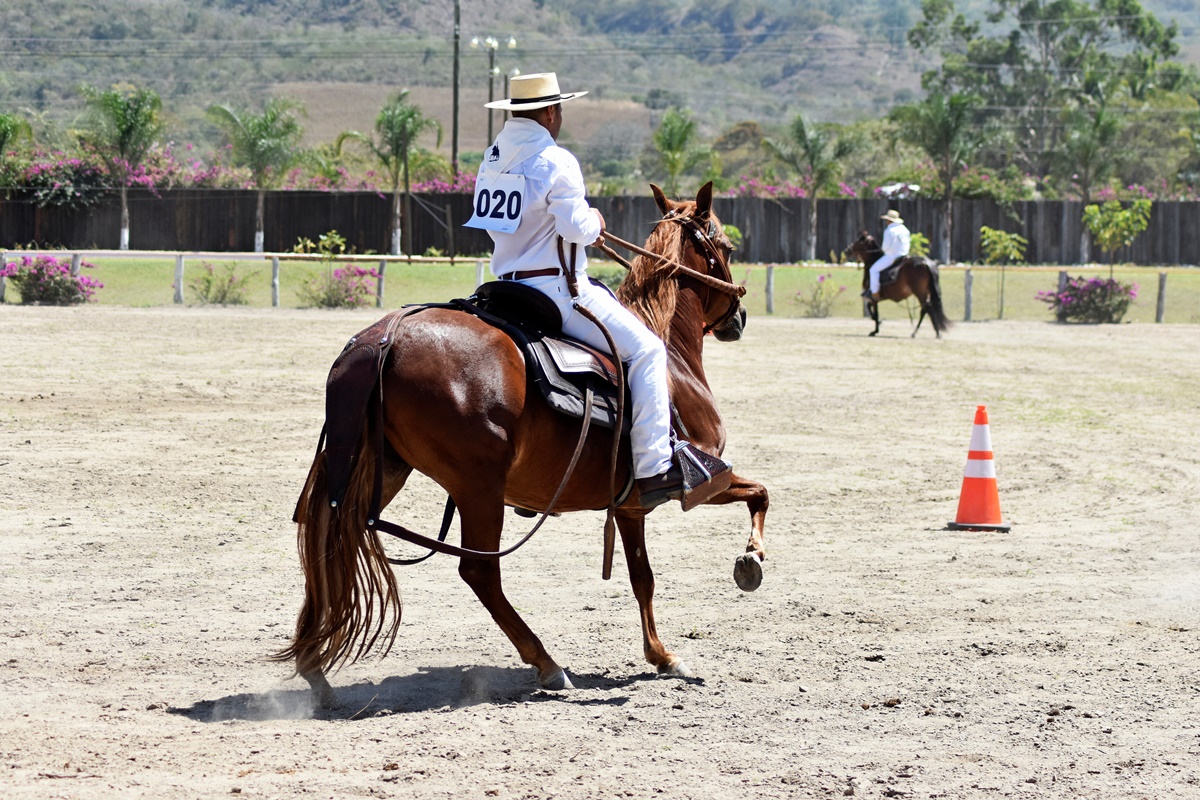
Paso Peruano – physique and characteristics
The Paso Peruano breed is characterized by their short, yet well-built legs with hard hooves, deep chest with strong shoulders, strong high-set neck, and muscular hindquarters. These horses often have thick, wavy tails and manes.
What’s interesting, moving in trot (genetically determined) is seen as an unwanted trait in this breed. The characteristic gait of this breed is Paso Llano, a variety of tölt during which the horse moves its front legs to the side. These horses are trained over a wooden path - the so-called fino-strip - to hear the beat of hooves, which is an amazing help to the rider in controlling the horse.
Height: 142-155 cm
Coats: almost all colors – most desirable are bay and chestnut.
Paso Peruano – roles
These horses, similarly to Paso Fino, are resilient and move effortlessly, which allows them to cover big distances at a comfortable for the horse and rider flying pace. What’s interesting, the canter of this breed is not comfortable for the rider.
Peruano Paso horses are known around the world for their good temperament and comfortable gait. Around 25 thousand horses in the whole world are used for recreational riding, trail rides, horse shows, and parades, as well as endurance rides.
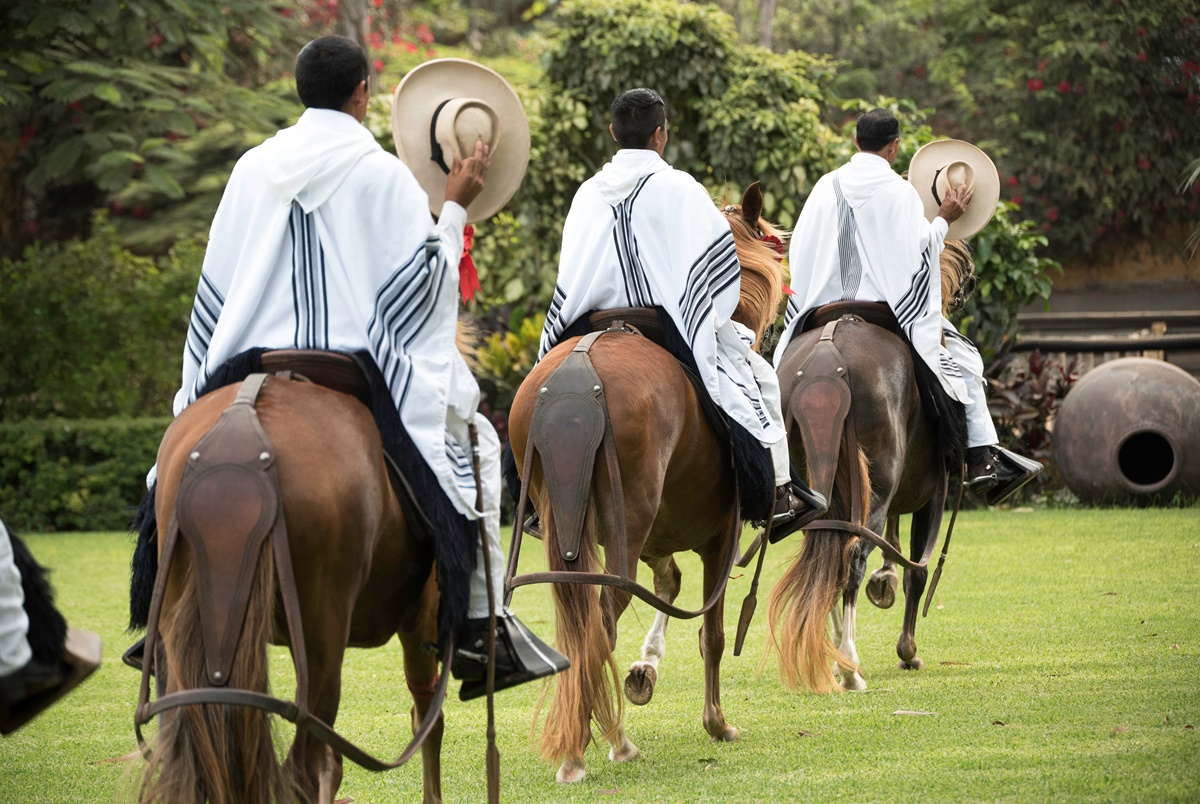
Paso Peruano - price
The Paso Peruano price varies from 25 to 40 thousand zlotys. The price depends on the horse’s age, pedigree, and level of training.
Summary
Breeds Paso Fino and Paso Peruano, even though they are different, have common ancestors that gave them their elegance and strength. Both breeds are very versatile. Their light but sure steps, and fluid movement make them perfect horses for long rides over difficult terrain. At the same time, their small size and gentle temperament make them ideal family horses and loving companions to spend free time with. What’s interesting, their unique gait made them a popular breed among riders with back problems.
It is not shocking then that both of these breeds are gaining popularity in Europe. Especially since these horses easily acclimatize to the European climate and can be kept in open stalls even during winter. However, it is worth remembering that just like other breeds from the south, these horses need a covered, dry and draught-free shelter, as well as adequate feed.









